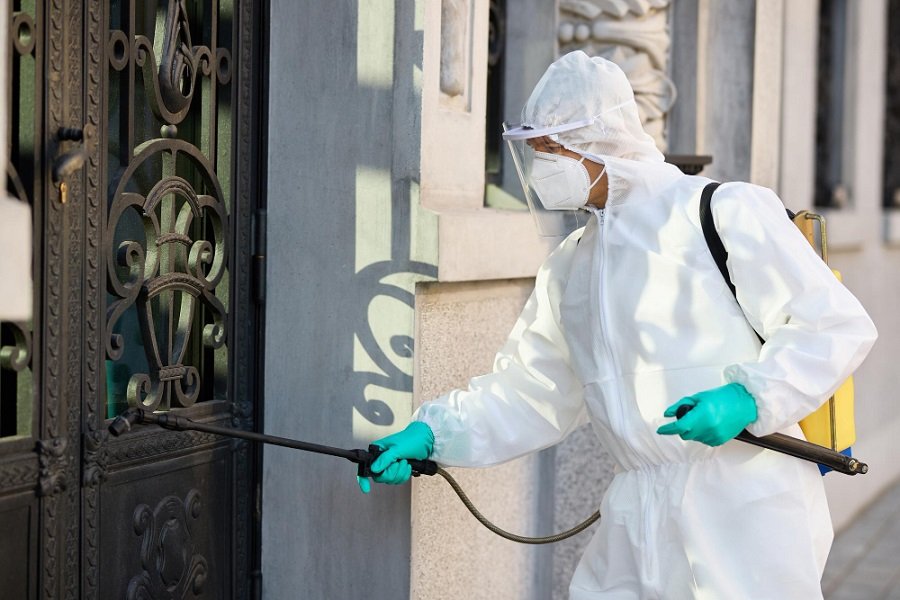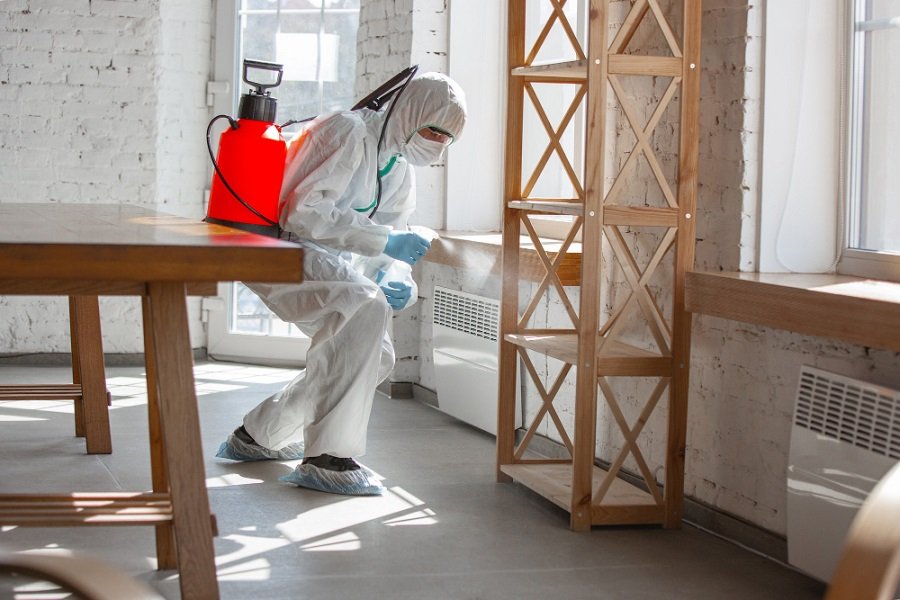Borer Control SERVICE IN Point Cook
The prevention of pest infestation on your property in Point Cook requires effective borer management. Borers are wood-boring insects that may seriously harm trees, furniture, and even buildings. They penetrate the wood and feed on its fibers, weakening the structure and making it susceptible to additional rot and damage. The powderpost beetle is the most prevalent species of borer in Point Cook. These beetles can lay up to 200 eggs in a single season and are drawn to damp moist wood. The larvae subsequently consume the wood fibers, causing tunnels to form and reducing the wood’s structural integrity. Use an efficient insecticide, such as bifenthrin, permethrin, or cyfluthrin, to control the powderpost beetles.
Additionally, it’s crucial to maintain wood surfaces dry and free of moisture. This will deter the beetles from laying eggs and aid in limiting additional harm. Regular property inspections are necessary, and any indications of borer activity should be reported to a reputable pest control business. Your Point Cook home can be protected from infestations by routine upkeep and observation.

How do I control borers?
Because borers lay their eggs in dead or decaying tree limbs and branches, removing these items is the best strategy to control borers. Trees’ dense regions can also be pruned and thinned out to lessen the amount of potential egg-laying locations. Insecticides can also be applied to adult borers. Chemical control, however, ought to be utilized as a last choice and only after consulting with a pest management expert or arborist.
What are the different types of borers?
Powderpost Insects:
These tiny, cylinder-shaped beetles have bodies that are less than 1/8 inch wide. Wood, furniture, hardwood flooring, and other wooden objects all contain them.
Ambrosia Beetles:
These little insects are drawn to damp, rotting wood. They create galleries of tunnels and leave behind sawdust as they bore into the wood.
Longhorned Beetles:
These beetles, which can be found in both hard and soft woods, are distinguished by their long antennae. They devour dying or dead trees, leaving behind tunnels and galleries in the forest.
Bark Insects:
These little, cylindrical beetles have teeth for chewing. They drilled tubes and tunnels through the bark of trees.
Carpenter ants:
These ants can pierce wood with their powerful mandibles, leaving behind galleries and tunnels.
How do I identify a borer infested area?
The presence of sawdust-like material around the base of a tree or shrub, holes in the bark, wilting or dieback of the branches, and sap leaking from the bark are all signs of borer infestations. In extreme circumstances, the borer’s digging may entirely damage the bark.
How to treat a Borer infestation?
Keep your plants healthy:
Healthy plants are less appealing to borers, so give them plenty of room to grow and ensure that they receive regular watering and fertilisation.
Clip away impacted branches:
To stop the larvae from spreading, prune away any branches that have been harmed by borers.
Use insecticides:
Insecticides may be necessary to kill borers if there are plenty of them in the area. Prior to usage, make sure to thoroughly read and follow the label’s instructions.
Use traps:
Pheromone-containing traps can be used to draw in and capture borers.
Promote useful insects:
Planting flowers that draw benevolent insects, such ladybirds and lacewings, can also aid in the management of borer populations.

Pharaoh ants:
These tiny ants are notorious for their capacity to invade structures and are challenging to manage.
Black garden ants:
These are well renowned for their abilities to care for and defend aphids so they can produce honeydew.
These are a few of the ant species that are most frequently encountered, but there are many more.

